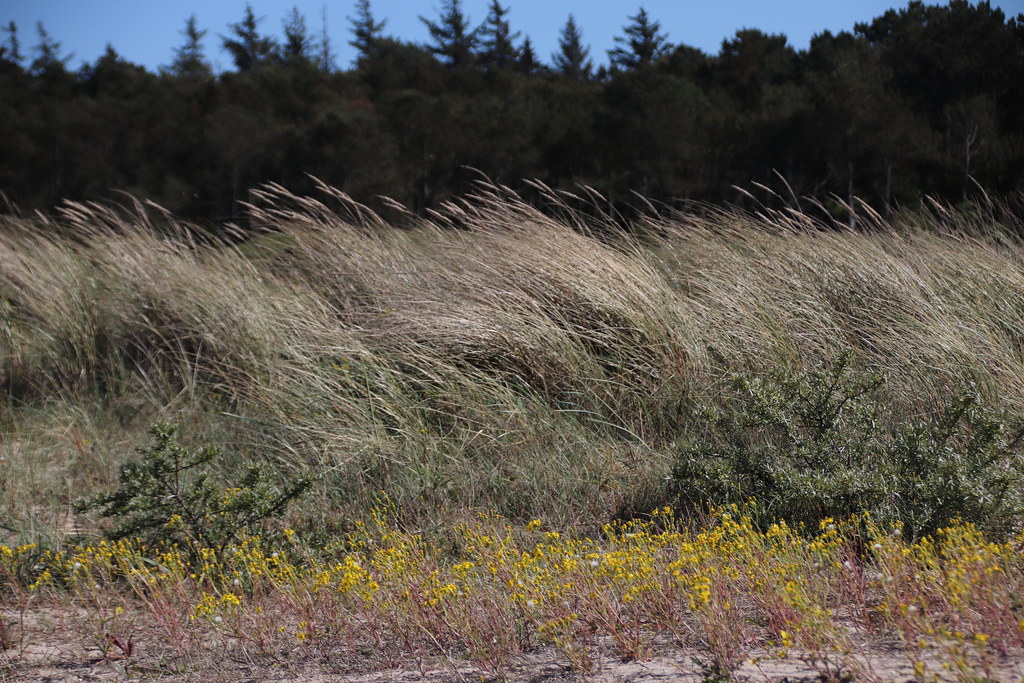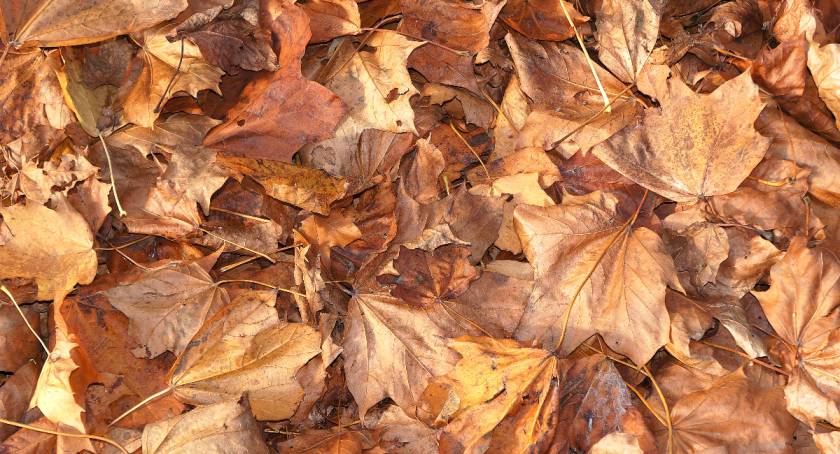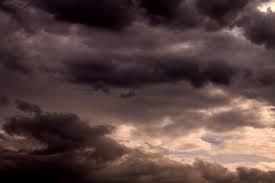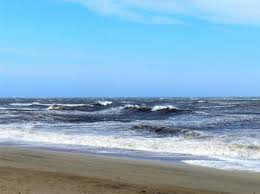“Make me thy lyre, even as the forest is” – this desperate supplication caps off one of English literature’s most cherished odes, Ode to the West Wind. Let’s trace Shelley’s vivid imagery and passionate yearnings in detail.
Ode to the West Wind : An Analysis
I’ll examine prominent excerpts from each of the poem’s five cantos. We’ll unpack symbols and sensory details to appreciate why “Ode to the West Wind” remains such a moving testament to nature’s fury and promise.

I. Autumnal Imagery in Canto I
Shelley wastes no time establishing seasonal context and his speaker’s frantic awe:
O wild West Wind, thou breath of Autumn’s being,
Thou, from whose unseen presence the leaves dead
Are driven, like ghosts from an enchanter fleeing,
from Ode to the West Wind
The destructive emphasis introduces the wind as an antagonistic, quickening force scattering lifeless foliage. The simile comparing windswept leaves to ghosts heightens the haunted sense of ending and decay.
Yet even in this imagery lies regenerative possibility. Shelley immediately follows by addressing:
Yellow, and black, and pale, and hectic red,
Pestilence-stricken multitudes: O thou
Who chariotest to their dark wintry bed
from Ode to the West Wind

While morbid, the vast color palette evokes the year’s final, brilliant seasonal transformation – beauty persisting amidst dying. Through this cycle, the wind “chariots” the landscape toward renewal.
II. Divine and Demonized Personification in Canto II
Shelley explores the wind’s suites of contradictions further in Canto II, at once creative destroyer and herald of rebirth:
Wild Spirit, which art moving everywhere; Destroyer and preserver; hear, oh hear!
from Ode to the West Wind
He entreats the wind’s terrible splendor as an elemental, animating “Spirit.” Like the Greco-Roman gods, it wields fearsome power yet promises continuity.
Indeed Shelley soon directly invokes figures of myth – both benevolent and monstrous – to dramatize the wind’s temperament:
Thou on whose stream, ‘mid the steep sky’s commotion, Loose clouds like Earth’s decaying leaves are shed,
Shook from the tangled boughs of Heaven and Ocean,
from Ode to the West Wind
Using sublime, warring imagery of water, earth and sky, Shelley conveys tempestuous upheaval. But cleverly, even the threatening clouds and ocean waves are themselves “shed” – their building chaos is woven back to the seasonal trope.
What follows is one of the poem’s most quoted passages, rife with contrasting rhapsodies:

Angels of rain and lightning: there are spread On the blue surface of thine airy surge, Like the bright hair uplifted from the head Of some fierce Maenad, even from the dim verge Of the horizon to the zenith’s height, The locks of the approaching storm.
from Ode to the West Wind
The wind morphs from divine to demonic. Angelic rain-bringers give way to the frenzied visage of a Maenad – the female worshipers of Dionysus whose ecstatic rituals often gave way to violence. Lightning too flashes.
Shelley uses this expressive language to convey creative-destructive dualities rooted in mythological consciousness. The sky is the grand stage upon which the seasonal, revolutionary drama unfolds.
III. Political and Poetic Currents in Canto III
Canto III moves us from the sky to the earth itself, as metaphors deepen to highlight the wind’s radical power on land and in the mind:
Thou who didst waken from his summer dreams The blue Mediterranean, where he lay, Lull’d by the coil of his crystalline streams,
from Ode to the West Wind
Even mighty seas heed the wind’s quickening call – Shelley animates the Mediterranean from languid sleep into churning ferment.
In the next lines, we visualize nature’s resulting tumult:
Beside a pumice isle in Baiae’s bay, And saw in sleep old palaces and towers Quivering within the wave’s intenser day,
from Ode to the West Wind

The Bay of Naples trembles as if remembering past glories now drowned beneath the waters in ruins. Somme scholars read this as Shelley critiquing modern civilization’s crumbling monuments to tyranny and oppression.
The canto continues by invoking one of the great ancient conductors of change – the Nile river:
A flood of rain; and busy winds sweep Its columned dust, its people’s faded sins far!
from Ode to the West Wind
The elements work together in destructive unison, erasing society’s accumulated injustices and “sins” alike. Shelley yearns for such purging throughout Europe, toppling authoritarian rule. The natural domain models the restless change he pursues in civic life.
IV. Desperate Cry for Inspiration in Canto IV
As the poem progresses, Shelley’s address to the “Wild West Wind” intensifies in its tortured pleading:
If I were a dead leaf thou mightest bear; If I were a swift cloud to fly with thee; A wave to pant beneath thy power, and share The impulse of thy strength, only less free Than thou, O Uncontrollable! If even I were as in my boyhood, and could be
from Ode to the West Wind
The repeated longing “If only” statements reveal Shelley’s anguished cry to harness the wind’s vigor. The stacked images reveal his desperation – projecting himself as leaf, cloud and wave in succession.
He wishes to recapture the creative zest and hope of his impassioned youth. But weighted by outsized ambition and social discord, he feels adrift – as feeble and vulnerable as an uprooted autumn leaf.
The canto proceeds to make clear the underlying motive in this frenetic address – to resuscitate the poet’s imaginative energies:
Be thou, Spirit fierce, My spirit! Be thou me, impetuous one!
from Ode to the West Wind
Through apostrophe, Shelley appeals for the mighty wind to radically empower and transform him. He petitions the roaring gale to sweep away sterile complacency and reignite revolutionary passions both personal and political.
V. Seedlings of Hope in Canto V
Shelley brings his ode full circle in the final canto by revisiting the regenerative seed trope that counters decay:
Make me thy lyre, even as the forest is: What if my leaves are falling like its own! The tumult of thy mighty harmonies
from Ode to the West Wind
The forest sheds leaves but also provides Shelley the wood for stringing lyrical instruments – the raw materials to channel song even in bleak midwinter.
Likewise, the wind’s deafening symphony might resound through metaphorical lyres, awakening humanity from desolate stupor through Shelley’s verse:
Will take from both a deep, autumnal tone, Sweet though in sadness. Be thou, Spirit fierce,
My spirit! Be thou me, impetuous one!
from Ode to the West Wind
Melancholy yet beautiful, the odist accepts deep autumnal sadness pervading both land and self. But he closes repeating his emboldened plea for the mighty wind to rouse and rush through him.
Just as dormant seeds pepper the wind’s currents, Shelley’s words themselves carry regenerative possibility to stir hearts and minds if scattered artfully. His poem celebrates terrible beauty while entreating cultural rebirth.
IV. Closing Thoughts
Hopefully tracing select excerpts in context has enriched appreciation for Shelley’s poetic prowess and philosophical depth. Every sensory detail and turn of phrase in “Ode to the West Wind” illuminates the dialectical forces so central to Romantic ideology – destruction and creation, death and regermination, tumult and peace.
Shelley invokes this mighty force of nature to conduct profound personal, poetic, cultural and environmental examinations all at once in the space of five lyric cantos. His singular work remains unparalleled in its mythic resonance and impassioned urgency.
For more study material and posts for RPSC First Grade, English, keep visiting out blog and be updated with your studies. You can read the full text here.
Please share any related interpretations or critique in the comments! There’s still so much more to unpack about this quintessential ode.







